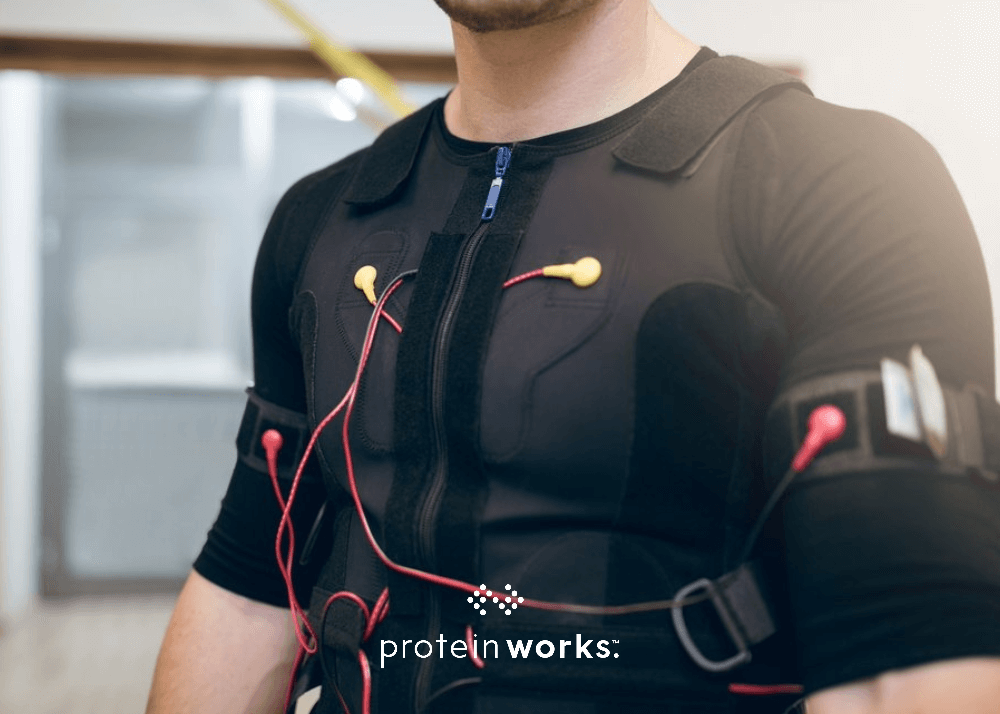
Maximize Muscle Gain: 5 Ways To Pimp Your Workout
Every time you hit the gym you give it everything you have in the name of sweet gains. You engage Beast Mode or Machine Mode, you leave nothing behind, take no prisoners or kill your workout. So why is it you still feel that you are not making the progress you want to? It could be down to nutrition or recovery and these are things that you should definitely look to maximise for best results. However, you could be sabotaging your own progress. Sometimes there’s more to lifting that 3 sets of 10 reps for every exercise. Stick around to see the 5 tricks you can use to take your workout and your muscle gain to the next level.
1. Tracking is not just for Macro’s
I am assuming you have a set workout plan that you follow? If so, you’re off to a good start but how do you know what weight to lift when you get into the gym?
Well first of all, if you just go into the gym and do whatever exercises take your fancy with whatever rest you feel like and whatever weight is available then you are definitely not going to be developing all your muscle groups equally or sufficiently.
In order for a muscle to grow, it needs to be subjected to mechanical tension, metabolic stress or muscle damage.
In other words you need to increase your weights and reps progressively over time.
Keeping a log of your workouts either in a book, on your phone or on your PC is a great way to make sure you improve over time.
Even just adding 1 rep or 1kg to the bar is increasing your overall workload.
By just guessing, it’s likely that you’re not overloading the muscle which is not going to give it any reason to grow.
Tracking rest is just as important as tracking work load.
If you’re tracking your workout on a phone, use the built in stop watch to strictly monitor your rest times. If you track on paper, use a digital watch.
The most important thing is that when the time is up, rest is over and you should be lifting again.
Reducing rest is just another way of placing additional stress on the muscles to illicit a hypertrophic (muscle growing) response.
2. Go HEAVY – I mean REALLY heavy
Now that you’re tracking your workouts you know what your maximum weight is for any given lift in your desired rep range.
When it comes to moving a weight from A to B however, it is easy to think about your muscles contracting to move your limbs and ultimately the weight.
However, there is something more important that is often overlooked, without which you couldn’t do anything. That is the Central Nervous System (CNS).
Your CNS is what controls your muscles.
Have you ever gone to pick something up, thinking it will be heavy and it turns out not to be?
You end up throwing it half way across the room as you have picked it up with much more force than necessary.
Your CNS determines how much force is required to move an object based on the information from what you see, hear, feel and past experiences.
There is a way that you can trick your CNS into letting you lift heavier though, which is supra-maximal loading.
All you need to do is choose a weight which is a fair amount heavier than your maximum and perform a few reps with it.
It’s worth noting that if this is a big compound lift such as squat or bench press then trying to exceed your 1RM without a spotter is not a good idea.
If you are training in the 1-5 rep range then supra maximal loading may not be appropriate. You can however just unrack the weight, hold it for a few seconds and then re rack it. If you feel comfortable in doing so, you can perform a few partial reps.
Supra maximal loading works best (and is safest) when working in the 6-20 rep range.
Once you have performed a few reps with the heavier weight you then drop the weight to something more realistic for your desired rep range and it will now seem relatively light and you will be able to lift heavier or for more reps than before.
3. Take A Break
We all have those times where we just can’t finish the set we had planned on.
Fatigue can seriously affect your stamina towards the end of your workout.
If you are near the end of your workout and want to eek out that last little bit without reducing the weight you’re using, try rest/pause.
Let’s say you are going for 12 reps in your final set and you fail after 8 reps. Rather than give up, rack the weight or if using dumbbells, rest them on your knees or a bench. Take a 10 second rest and go again. It’s unlikely you’ll be able to get the remaining 4 reps in one go if you really did reach muscle failure originally. Instead, go for 2-3 more reps and rest for another 10 seconds. Then complete the final reps.
It is worth noting that doing this early in your workout or on the first set of an exercise will seriously reduce your work capacity for the remaining exercises \ sets.
4. Drop the weight a bit…..or a lot
You might think that using a lighter weight would lead to less muscle growth.
Well you would normally be right but in this case we’re talking ‘drop sets’ and something I like to call ‘run the rack’.
A drop set basically involves completing your regular set, dropping the weight by 20-30% and then taking it to failure.
You can increase the intensity of your drop sets by doing a ‘double drop’, whereby you drop the weight by an additional 20-30% and again take it to muscle failure.
Running the rack is like the ManVsFood equivalent of a drop set.
The difference here is that you perform your usual set and then rather than reduce your weight by a percentage, you simply switch to the next weight down in the dumbbell rack and perform as many reps as possible.
What makes running the rack so tough is that every time you drop to the next weight down, you take the exercise to muscle failure until you arrive at the lightest possible weight available.
There’s nothing better than seeing a grown man struggle to rep out bicep curls with a pink 1kg dumbbell.
As with the rest/pause, drop sets and running the rack are best utilised at the end of a workout or on the final exercise for a given muscle group as they will leave you feeling pretty exhausted.
5. If you can dream it, you can do it
Take your PB for any exercise, whether it be a weight or a number of reps.
As soon as you workout with a friend, your strength and stamina will instantly improve.
Now I can’t claim to profess any magical science behind this other than the fact that this shows what can be achieved when you go into the gym with the right mentality.
Most of the time, the limiting factor to your workout will be your mindset and not your muscles.
If before your set you think ‘this is going to be really tough’ or during it you think ‘I’m not going to finish this set’ then chances are that you won’t.
You need to go into every exercise, set and rep thinking about how it is going to be easy and no matter how heavy it gets you can push through it.
Remember our little friend, the CNS?
Well the CNS is the go between for the brain and muscles.
If your brain is saying you’re not strong enough then it will tell your CNS, which will in turn tell your muscles.
There’s a reason the saying ‘mind over matter’ came to be.
By having a workout partner there it helps to focus your mind more positively, whether that be through the mechanism described above or just pure determination to look cool in front of your friend.
Proceed with caution
Each of these tips is designed to add extra intensity to your workout but be careful.
If you have never used them before, you may find that the extra work load and \ or volume give you some pretty tough DOMS (muscle soreness).
As it did when you first started training, your body will learn to adapt to the extra stimulus over time.
These adaptations will mean that your recovery time will reduce and your muscles will grow, providing nutrition and rest are sufficient.
It is up to you to decide which exercises you want to try these techniques on but be warned – they will lead to extra muscle gain.







No Comments yet!